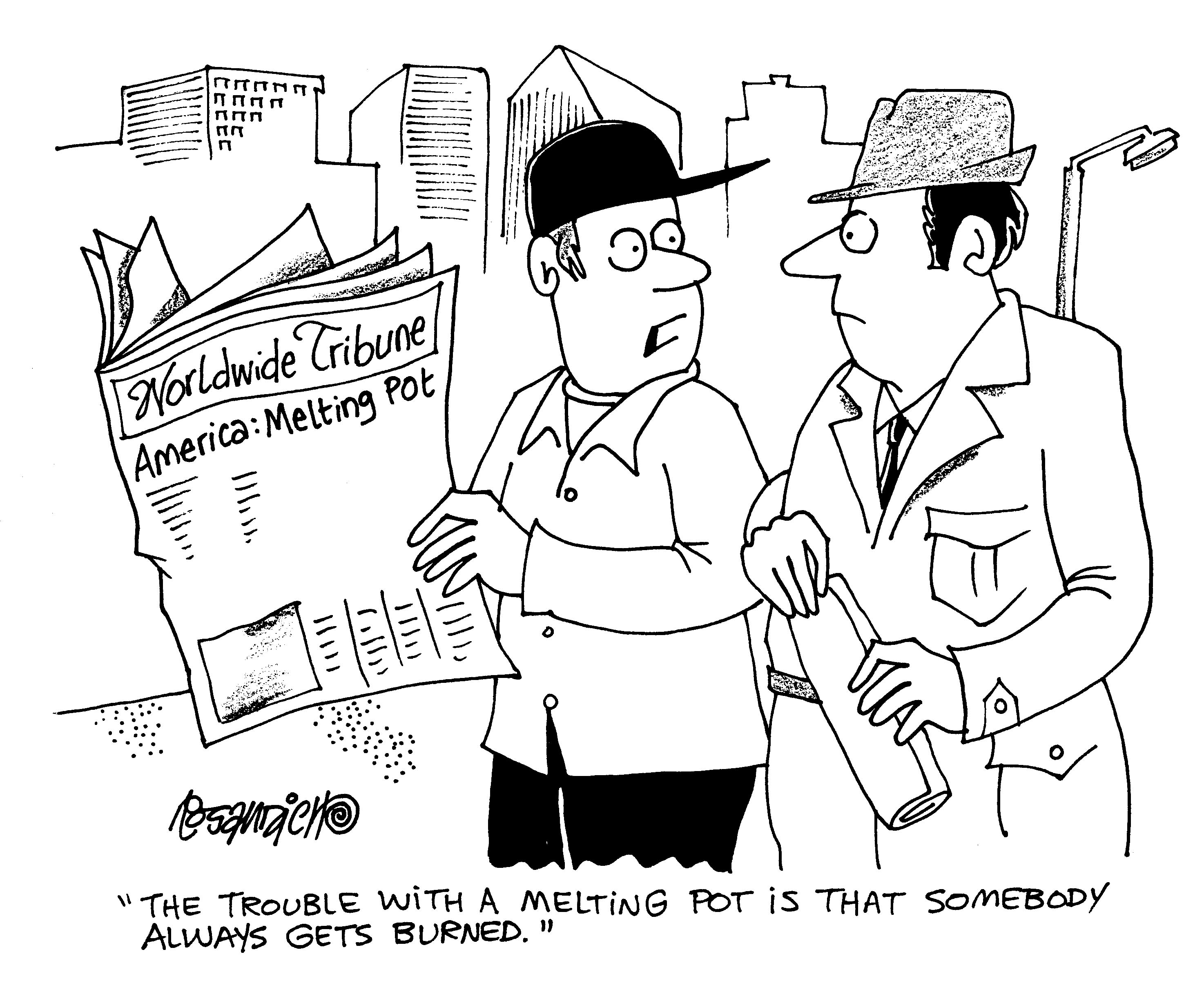
Unit 3: Microcultures
WRLD 302 - Communicating Across Cultures
This is one of 12 tutorials on intercultural communication. Click on "mobile page" at the bottom of the page for alternative views. You may create a print version by clicking on the "print all" link at the top of the page. Note that additional learning resources are linked in the sidebars.
Anticipated completion time for this tutorial (excluding reading chapter): approximately 70 minutes. Note that you can stop and come back and your score on completed items will be retained.
The objectives below can be achieved through working with the assigned readings, watching the presentations, doing the tutorial exercises, and posting to the discussion forums. Achievement of the objectives will be measured through the score achieved on the exercises (questions can be answered more than once), on the Blackboard quiz for this unit, and on the quality of contributions to the course discussion forums.
By successfully completing this unit, students should be able to...
|
This video excerpt introduces some of the key issues we will be dealing with in the this unit and in the course as a whole, involving microcultures.
|
First, watch the video (about 1 minute long) below: |
After watching the video, think about the following:
Now, turn to the next page (navigation below or in menu bar at top) for some comments. => Full YouTube version of commercial |
|
1. The is a commercial featuring the "Frito Bandito" - what culture does the character represent?
2. What other minority groups are represented in the U.S.? Hispanics are the largest minority group, followed by African-Americans. Significant other groups: Native Americans, Asian Americans. Microcultures is the preferred terms; they are distinguished from the dominant culture by virtue of differences in language, customs, appearance/dress and ethnic/racial heritage. 3. Why are such groups of interest in a course on intercultural communication? The different cultural make-up of microcultures can cause communication conflicts, not to mention more serious issues due to ignorance and prejudice. Understanding the cultural values and beliefs of other cultures, including microcultures, is an important ingredient in successful intercultural communication. 4. The commercial is from the 1960's. Aside from the poor video quality, is there anything else that dates the clip? The use of negative stereotypes such as that of the Frito Bandito (unkempt, dishonest, cunning) are unlikely to appear in TV ad campaigns in the US today. Stereotyping of members of microcultures is by no means limited to Hispanics. 5. Comment from the YouTube poster: "Too bad we live in a world so uptight that we can't have things like the Frito Bandito anymore. Political Correctness makes life boring. Who wants to walk on eggshells for the rest of their life!?" We'll see a clip from Mexican-Ameritan comedian George Lopez, in which he uses some stereotypes of Mexican-Americans in his comedy routine. However, he is speaking from personal experience and from inside the culture. Coming from outside the culture, similar comments might be offensive. |
Sensitivity in terms of labels and stereotypes is important in communicating effectively with representative of other cultures, whether they be from different countries or one's own. It's important as well to be aware of the existence of microcultures in other countries, today often a source of conflict (Caucasians in Russia, Turks in Germany, Maghreb immigrants in France, Pakistanis in Britain).
NOTE: You should have read pp. 93-105 before watching the presentation.
=> View YouTube version | View/print presentation outline (PDF, useful for taking notes on presentation)
After reading pp. 93-105 and listening to the presentation, do the following exercises. The exercises are graded (point values shown). As these are learning activities, you may re-do each and improve your score. After completing all exercises in the lesson, click on the "finish" button on the bottom of the last page to submit your scores.
Q1: Cultural Identity
Q2: Characteristics of microcultures
Q3: Code switching
NOTE: You should have read pp. 105-125 (end of chapter) before watching the presentation.
=> View YouTube version | View/print presentation outline (PDF, useful for taking notes on presentation)
After reading pp. 105-125 and listening to the presentation, do the following exercises. The exercises are graded (point values shown). As these are learning activities, you may re-do each and improve your score. After completing all exercises in the lesson, click on the "finish" button on the bottom of the last page to submit your scores.
Q4: Ebonics
Q5: The Amish
Q6: The Hmong
For preparing for the on-line quizzes on this material, the publisher Web site can be helpful. It includes Flashcards that cover the key terms listed below. There is also a Web quiz in multiple choice format that would be good practice for our on-line quiz. If you take the practice quiz from the publisher, you don't need to send the results to me (you can email them to yourself instead)
|